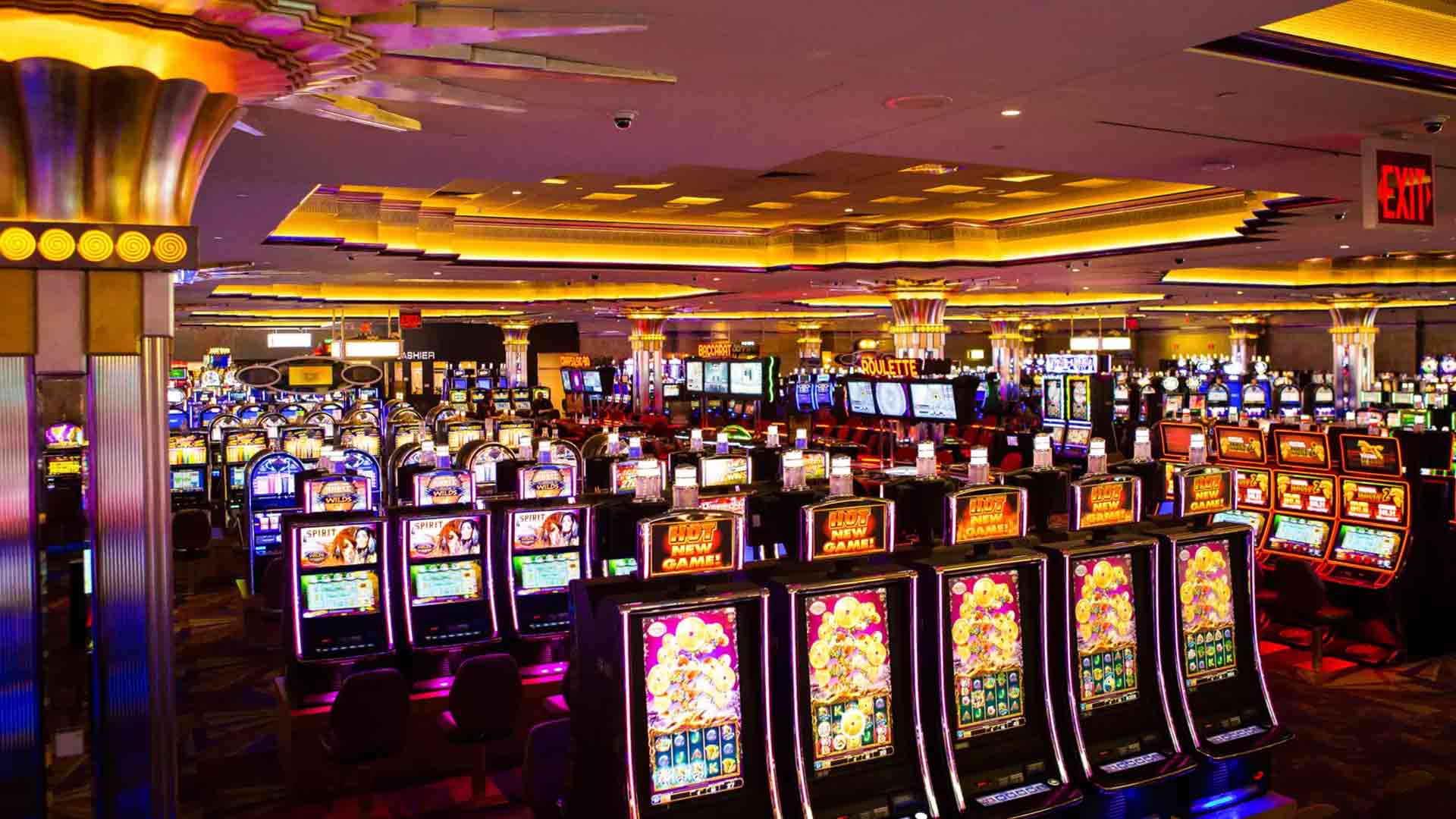AR and VR in Casino Gaming: Future or Fad?

AR and VR in Casino Gaming: Future or Fad?
AR and VR technologies are rapidly transforming various sectors, and the realm of casino gaming is no exception. For decades, online casinos have strived to replicate the exhilarating atmosphere of a physical gaming floor. Now, with the advent of sophisticated Augmented Reality (AR) and Virtual Reality (VR) headsets, the possibility of truly immersive casino experiences is no longer a distant dream but a tangible reality. The question, however, remains: are AR and VR in casino gaming a revolutionary leap forward, or merely a fleeting trend destined to fade?
The allure of AR and VR lies in their unparalleled ability to create truly immersive environments. Imagine stepping into a virtual Las Vegas casino from the comfort of your living room, complete with realistic avatars, interactive slot machines, and live dealer tables where you can see and hear the dealer as if they were right there. VR casino games can transport players to elaborately designed virtual spaces, offering a sense of presence and engagement that traditional online platforms simply cannot match. This heightened sense of reality can significantly enhance the thrill of playing, making each spin of the roulette wheel or dealt hand of blackjack feel more consequential and exciting. Augmented reality, on the other hand, superimposes digital elements onto the real world, potentially allowing players to see virtual cards on their physical table or interactive game boards appearing in their living space, blending the digital and physical gaming experiences seamlessly. This blend promises a unique form of entertainment for the future of online gambling.
Beyond mere visual fidelity, AR and VR open up entirely new dimensions for casino gameplay. Developers can design innovative game mechanics that leverage spatial awareness and gesture controls, moving beyond simple clicks. Imagine throwing virtual dice with your hand, physically pulling a slot machine lever, or even exploring a vast virtual casino floor to discover new games and interact with other players' avatars. The social aspect, often lost in traditional online gaming, can be revived through virtual meeting spaces where friends can gather at a poker table, chat, and share the excitement. This shared immersive environment could foster a stronger community feel, mimicking the social dynamic of a brick-and-mortar casino. For those interested in the broader world of online entertainment, including the competitive side, checking out a link live esport m88 can offer another perspective on how digital platforms are evolving.
While the potential is immense, the journey for AR and VR in casino gaming is still in its early stages. Several pioneering companies have launched rudimentary VR casino experiences, showcasing the foundational concepts. However, widespread adoption faces significant hurdles. The primary barrier remains the cost and accessibility of high-quality AR/VR hardware. While prices are dropping, premium headsets still represent a considerable investment for the average consumer. Technical challenges also persist, including the need for robust internet connectivity, powerful computing hardware to render complex virtual environments, and mitigating issues like motion sickness (cybersickness) for some users. Content creation for these platforms is also more complex and resource-intensive than for traditional 2D games, requiring specialized skills and significant development budgets. These factors currently limit the market to early adopters and tech enthusiasts rather than the mass market.
Despite the challenges, the long-term benefits for casino operators are compelling. AR and VR casino games offer a unique selling proposition, allowing operators to differentiate themselves in a highly competitive market. They can attract a younger, tech-savvy demographic looking for novel entertainment experiences. Furthermore, a virtual casino can operate with significantly lower overheads than a physical one, eliminating the need for vast real estate, extensive staffing, and physical maintenance. As hardware becomes more affordable and powerful, and as network infrastructure like 5G improves, the barriers to entry for consumers will decrease. The evolution will likely be gradual, starting with more sophisticated mobile AR experiences and progressing towards standalone VR headsets offering full virtual casino environments. Regulatory bodies will also need to adapt to this new paradigm, ensuring fair play, responsible gambling practices, and player protection in these immersive digital worlds.
In conclusion, the integration of AR and VR into casino gaming is far from a mere fad. It represents a significant technological evolution poised to redefine the online gambling landscape. While obstacles related to hardware cost, technical limitations, and content development remain, the undeniable promise of unparalleled immersion, novel gameplay mechanics, and enhanced social interaction suggests a bright future. As these technologies mature and become more accessible, virtual and augmented reality casinos are set to become a vibrant, integral part of the gaming industry, offering an unprecedented level of engagement and excitement to players worldwide. The future of casino gaming is not just online; it's truly immersive.